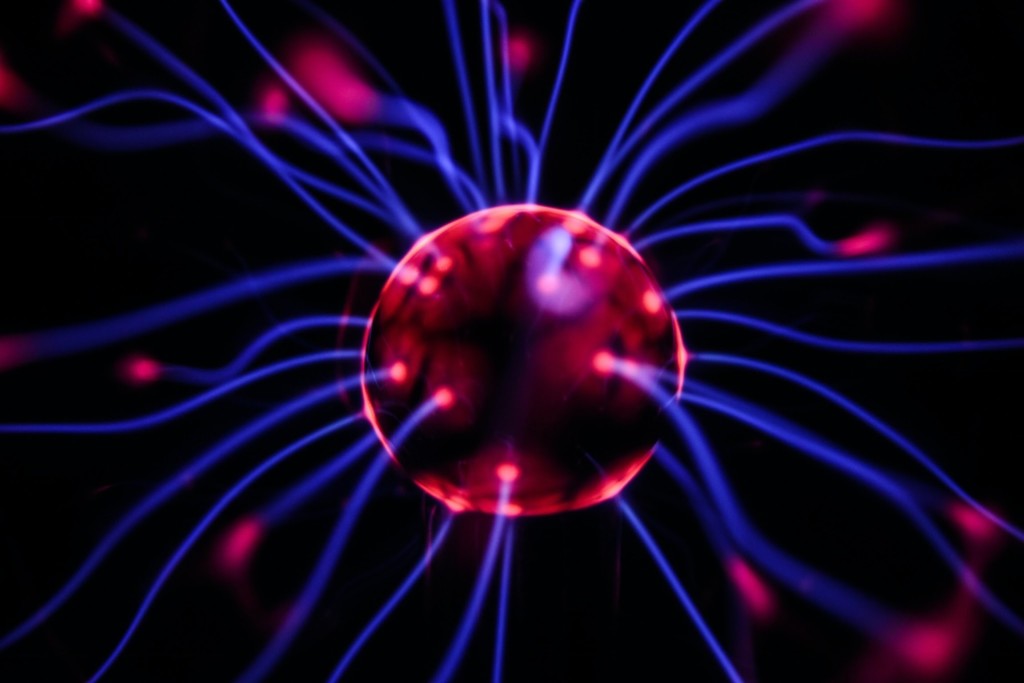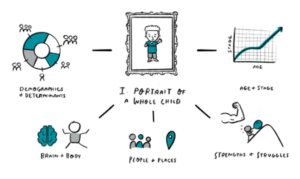Mind Reading With Neurofeedback: What’s Next In Wellness
Key Points
-
Neruofeedback is what is considered “mind-reading” technology, which consists of a group of sensors that will read energies/waves from your brain and monitor your brain, enabling it to get to a more desired state.
-
This technology has long been used in therapy sessions but is now accessible for more recreational, spiritual, and other uses.

It took longer than many of us expected, but tech has officially made a hard turn into health and wellness. Court cases are assessing the largest tech companies for their effect on mental health and the global pandemic created an all-out blitz towards getting at-home health tools and applications to reach new heights and functionality.
One of the most recent additions to the at-home mental health toolkit is called neurofeedback. Neruofeedback is what is considered “mind-reading” technology, which consists of a group of sensors that will read energies/waves from your brain, monitor your brain activity, and help you get to a more desired brain state. This technology has long been used in therapy sessions but is now accessible for more recreational, spiritual, and other uses.
Neruofeedback is what is considered “mind-reading” technology, which consists of a group of sensors that will read energies/waves from your brain and help you get to a more desire brain state.
Mason Pashia And Rebecca Midles
This practice has been utilized in medical circles for well over a decade, however, recently has garnered more attention through the advent of at-home treatments and mentions in popular culture such as Bewilderment by Richard Powers (Oprah’s Book Club and National Book Award nominee).
Many of the neurofeedback therapy facilities stress the important point that these brain sensors are ‘read-only.’ They DO NOT put anything into your brain. They simply read brain signals and produce feedback to help your brain learn to function better. This process identifies positive patterns and rewards you for them, encouraging your brain to do it again.
One of the most prominent offerings only costs $250 and is called MUSE. The corresponding smartphone application gamifies your mind experience by comparing where your brain is at and rewarding you for getting it closer to “calm” — celebrating mindfulness and focus by mapping to biometric presets.
There is a parallel movement in “neutral thinking” led by people like Russell Wilson which stresses the increase in performance and mental health when using neutral thinking in trying times.
According to science professionals, neurofeedback treatment helps relieve the symptoms of a lot of conditions including:
- Seizures
- Addiction Recovery
- Sleep Disorders
- Anxiety and Depression
- PTSD
- Disruptive Behavior Disorders/Bipolar Disorder
- ADHD/ADD
- Autism
- Peak Performance
- Migraines
- Concussions and Traumatic Brain Injury
Now What?
As a treatment tool, neurofeedback has delivered promising results. In the hands of professionals, this practice can work to calm patients and help to deter them from otherwise dangerous spirals. However, as educators and leaders in education, we must ask ourselves about the data inputs of technologies like these.
At their best, they support young minds in overcoming obstacles, but without the proper guidance and knowledge, we risk establishing a “normal”. This baseline will be even more set in date-driven stone than we currently are thanks to tools like standardized tests and assessments.
Neurofeedback at its worst also has the potential to overwrite difference, individuality, and novel approaches to complexity — something that will be more important than ever from this point forward. Are we, in striving to be our best selves, unknowingly becoming compared to an artificial norm that aims for a communal identity of enlightenment, while muting our unique insights and communal contributions? We must be careful of who is defining this baseline and ensure that we don’t get rid of the creative and the unique in the process.
What’s Next?
Mind writing tools are already in development. Brain stimulation by way of ultrasound technology to work to replicate spiritual/existential experiences. Oftentimes these emotions, feelings, and visions are separate from context and despite positive experiences from avid meditators and monks could have varied results among non-professionals.
This is only the beginning of a modern wave of science that works for and on the human brain — we must keep learning and equity in consideration.

Mason Pashia








Amy Saunders
Hmm.. you know what? Thank you very much for informing us that neurofeedback therapy can also alleviate anxiousness and other mental health issues as well. That's exactly what my cousin has been going through since last week. I think it's better for him to make a doctor's appointment about this matter very soon. https://neurologicseattle.com/neurofeedback/